In this episode, Rob Lustig — a researcher, an expert in fructose metabolism, and a former pediatric endocrinologist — discusses what’s wrong with the current food environment, and what we can do to reduce our chances of becoming part of the obesity, diabetes, metabolic syndrome, and nonalcoholic fatty liver disease (NAFLD) epidemics. Rob recently earned a Master of Studies in Law because he believes that educating people about sugar from a scientific standpoint is only half the equation: the other half involves changing policy, which he explains in this episode.
Subscribe on: APPLE PODCASTS | RSS | GOOGLE | OVERCAST | STITCHER
We discuss:
- What’s the difference between glucose and fructose? [7:00];
- Do we have biomarkers that can give us some indication of average exposure to fructose over a given period of time? [14:20];
- What’s the difference between ALT and AST? [18:45];
- Inflammation, endothelial function, and uric acid [21:30];
- Is there something that fructose does better than glucose? [23:45];
- For children that undergo a remarkable shift from metabolic health to metabolic derangement, is there a concern that these kids suffer an epigenetic hit that makes it harder for them later in life? [26:15];
- How many times do you have to introduce a savory food vs a sugary food to an infant before they will accept it? [29:30];
- How are alcohol and fructose similar in how they affect the brain? [33:51];
- Advice for parents and kids for creating a sustainable environment that’s going to prevent them from running into metabolic problems [40:30];
- Why do some populations have a higher risk of NAFLD? [45:42];
- What causes NAFLD? [48:45];
- Is insulin resistance the result of NAFLD or is NAFLD the result of insulin resistance? [56:00];
- HRV, cortisol, and norepinephrine [1:00:30];
- What are the actual mechanisms that links metabolic syndrome, insulin resistance, fatty liver, and type 2 diabetes? [1:03:00];
- Is the food industry still saying that all calories contribute equally to adiposity and insulin resistance? [1:09:00];
- What is the difference between soluble and insoluble fiber and why do you need both? [1:13:00];
- How can we change the food system when 10 companies control almost 90 percent of the Calories we consume in the US? [1:15:00]; and
- More.
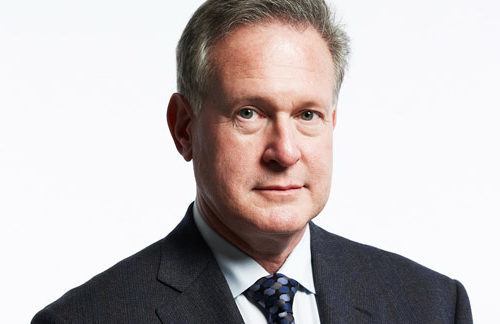
Robert Lustig, M.D., M.S.L.
Robert H. Lustig, M.D., M.S.L. is Professor emeritus of Pediatrics, Division of Endocrinology at the University of California, San Francisco (UCSF). He specializes in the field of neuroendocrinology, with an emphasis on the regulation of energy balance by the central nervous system. His research and clinical practice has focused on childhood obesity and diabetes. Dr. Lustig holds a Bachelor’s in Science from MIT, a Doctorate in Medicine from Cornell University. Medical College, and a Master’s of Studies in Law from U.C. Hastings College of the Law.
Dr. Lustig has fostered a global discussion of metabolic health and nutrition, exposing some of the leading myths that underlie the current pandemic of diet-related disease. He believes the food business, by pushing processed food loaded with sugar, has hacked our bodies and minds to pursue pleasure instead of happiness; fostering today’s epidemics of addiction and depression. Yet by focusing on real food, we can beat the odds against sugar, processed food, obesity, and disease. [robertlustig.com]

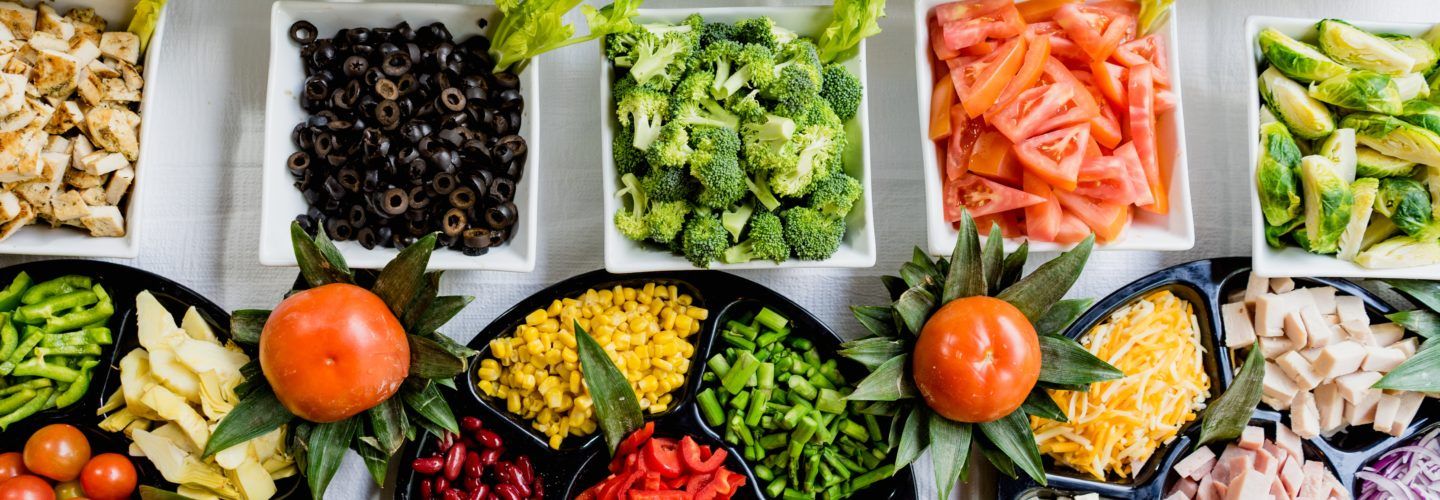
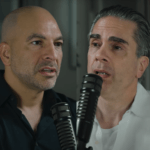

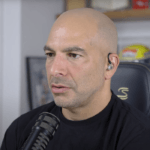
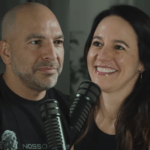
I must say I’m a bit awestruck that no one has commented on this podcast. I’ve listened to nearly all the podcasts here and found this one to be one of the more exceptional ones. I’m a medical student and still have 4 pages of notes from this short podcast.! I’m bummed Dr. Lustig had to go. I feel like this could have been an epic multipart podcast with the likes of Dr. Walker and Dr. Dayspring. Hope he comes back for a long round 2!
Thanks for all that you do Dr. Attia. Fingers crossed I can get in touch with you one of these days to become a patient.
I agree, I listened to this one several times. As a parent it was enormously reassuring to hear that real food takes twice the money and twice the time, and also to hear in detail why it’s worth it. Great explanation of fatty liver.
Peter, this podcast episode is an absolute gem. There were two Eureka moments for me on the topics of fructose and fasting.
71:10 – When fructose is ingested in fruit form, only a portion makes it to the liver. The rest is captured in a latticework of soluble and insoluble fibre that becomes food for the gut bacteria, thereby enriching the gut microbiome.
This effectively illustrates, in biochemical terms, why fruits are far superior to sugar-added beverages and foods in terms of staving off DNL.
52:42 – In fasted individuals that don’t have a sugar-eating habit, fructose can be converted into glucose by a backdoor mechanism and then stored as liver glycogen, before it has a chance to enter the DNL pathway.
This shows that even if you ingest the occasional sugar-sweetened beverage and a large majority of that fructose makes it to the liver, there is no guarantee that any of it will contribute to DNL. Being in a fasted state can actually prevent the creation of fat.
tl;dr – eat whole foods, practise fasting
Agreed. This is easily one of the best of Peter’s interviews. Thanks, Peter.
Please have Dr. Lustig back, it’s time for an update!
I agree with all the comments about this podcast being an absolute GEM. I’ve listened to it at least 3 times in its entirety. It would be nice to hear another convo from these two!
To avoid confusion, would it be useful to insert a “[sic}” into the show notes where, during the discussion of uric acid, Robert Lustig says: “Since fructose can only be metabolized in the liver, because the liver has the GLUT5 transporter, every time a fructose molecule enters a liver cell it has to be phosphorylated…”?
Did he misspeak, as your show notes chart listing the protein tissue distribution and cellular/subcellular expression of GLUT proteins correctly associates GLUT5 with the small intestine and kidney (whereas the liver associated with the transport of GLUT2,8,9, and 10)?
Thank you to Peter and to all the team and guests for providing such outstanding ongoing education. Please have Robert Lustig back soon!
I find it interesting that high fiber foods can reduce the amount of nutrients that are absorbed. Is there a food database that has info on how much calories, etc are absorbed vs what they contain? Does this mean that eating fiber and dessert together is healthier than eating separately? For example, chocolate covered almonds is that more healthy than if I ate the same amount of almonds in the morning then the same amount of chocolate at night?
Thank you Peter and Robert Lustig for this conversation. I certainly need to listen to this podcast again to consolidate important bits of pure science.
Robert Lustig mentioned that muscle does not need to import glucose and that insulin is exclusively anabolic in the muscle. The latest AMA 149, Peter you went through in details how the myocyte, insulin signalling and glucose transport for the sake of glycogenesis, a way to put away the excess of glucose floating. Any more clarifications about this?
Thanks
Amine
Thank you Peter for trusting in the intelligence of your audience members rather than talking down for them; as a health nerd I like how you”teach to the top of the class”. If I could, I’d add to the show notes these 2 points which really jumped out at me:
At 11:49: Fructose (most of which comes from sucrose/table sugar, not fruit) accelerates aging by bonding to our body’s proteins (aka glycation/ Maillard reaction). Dr. L states that this makes proteins “less flexible and less functional”. Great argument for avoiding sugar, considering the vulnerable proteins in our vasculature, skin and vital organs.
Crucial takeaway: 1:04:47: Insulin is both good and bad. Resolving hemoglobin A1c without simultaneously resolving hyperinsulinemia yields no survival benefit. This is because hyperinsulinemia by itself raises mortality risk due to its obesigenic and mitogenic activity (incl. possible carcinogenesis) and its ability to exacerbate large vessel complications like coronary artery disease. Hyperglycemia AND hyperinsulinemia must be treated concurrently to prolong life, and this is only done through diet.
Like others I look forward to the next Dr. Lustig interview!!
Thank you Peter for respecting the intelligence of your audience members and “teaching to the top of the class”! If I could, I’d add to the show notes these 2 points which really jumped out at me:
At 11:49: Fructose (most of which comes from sucrose/table sugar, not fruit) accelerates aging by bonding to our body’s proteins (aka glycation/ Maillard reaction). Dr. L states that this makes proteins “less flexible and less functional”. Great argument for avoiding sugar, considering the vulnerable proteins in our vasculature, skin and vital organs.
Crucial takeaway: 1:04:47: Insulin is both good and bad. Resolving hemoglobin A1c without simultaneously resolving hyperinsulinemia yields no survival benefit. This is because hyperinsulinemia by itself raises mortality risk due to its obesigenic and mitogenic activity (incl. possible carcinogenesis) and its ability to exacerbate large vessel complications like coronary artery disease. Hyperglycemia AND hyperinsulinemia must be treated concurrently to prolong life, and this is only done through diet.
Like others I look forward to the next Dr. Lustig interview!!